Transform Your Home: The Ultimate Guide to Replacing Windows for Energy Efficiency and Style
Replacing windows in a house is not just a cosmetic upgrade; it significantly enhances energy efficiency and aesthetics, making it a wise investment for homeowners. According to the U.S. Department of Energy, approximately 25-30% of a household's heating and cooling energy is lost through inefficient windows. Upgrading to energy-efficient windows can result in energy bill savings of up to 15%, while also increasing property value by as much as 70% of the project cost, as reported by the National Association of Realtors. Additionally, the right window choices can improve indoor comfort, reduce outside noise, and contribute to a home's overall style and curb appeal. This ultimate guide will explore the essential steps and considerations for homeowners looking to replace windows in their houses, ensuring that both their energy efficiency and design goals are met.
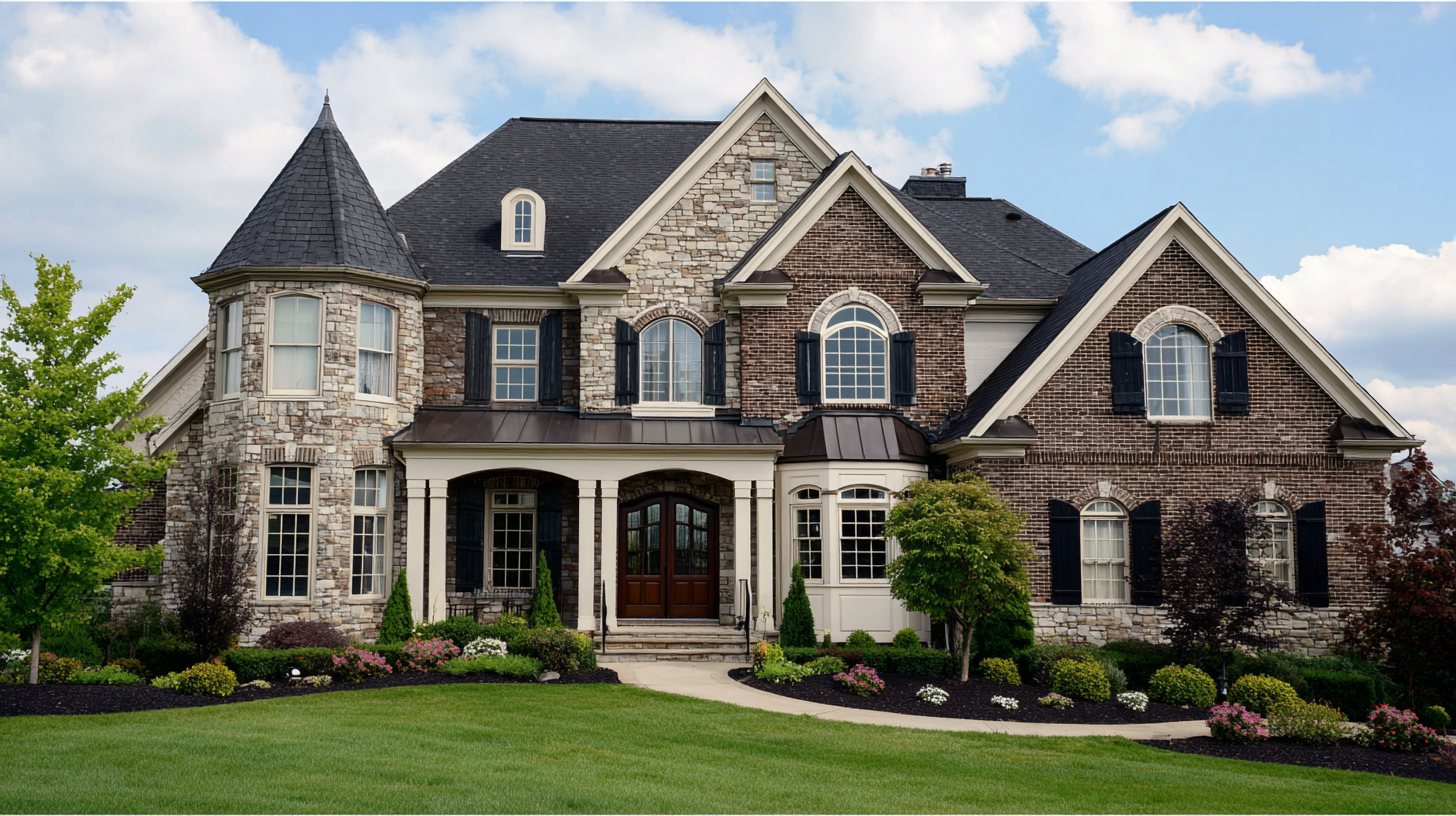
Understanding the Importance of Energy-Efficient Windows for Home Comfort
When it comes to enhancing home comfort, the significance of energy-efficient windows cannot be overstated. These windows are designed to minimize heat loss during winter and reduce heat gain during summer, ultimately leading to a more stable indoor climate. By improving insulation, they help maintain a consistent temperature throughout the year, ensuring that you and your family are comfortable no matter the season.
Moreover, energy-efficient windows contribute to substantial energy savings. With better insulation, your heating and cooling systems won’t have to work as hard, resulting in lower energy bills. Additionally, many modern energy-efficient windows are equipped with coatings that reduce glare and block harmful UV rays, protecting your furniture and flooring from fading. By investing in these windows, homeowners not only enhance their spaces' aesthetics and comfort but also show a commitment to sustainability and environmental responsibility.
Energy Efficiency Benefits of Window Replacement
Choosing the Right Window Styles to Enhance Aesthetic Appeal
When it comes to enhancing both energy efficiency and aesthetic appeal in your home, choosing the right window style is paramount. According to the U.S. Department of Energy, windows are responsible for 25-30% of residential heating and cooling energy use. This means that selecting windows not only influences your home’s curb appeal but also significantly impacts your energy bills. Styles such as double-hung and casement windows can be particularly effective in optimizing energy efficiency while adding a classic or modern touch to your home.
The aesthetic appeal of windows can also be a game changer in your home renovation. A report from the National Association of Realtors indicates that well-designed windows not only boost home value but can increase buyer interest. Options like bay and bow windows can create a striking look that maximizes natural light and expands usable space, while features like grilles and custom colors offer personalization that enhances architectural style. Investing in energy-efficient models, such as those with low-E coatings, can provide a dual benefit: they save on energy costs and provide beauty that aligns with your home’s design vision.
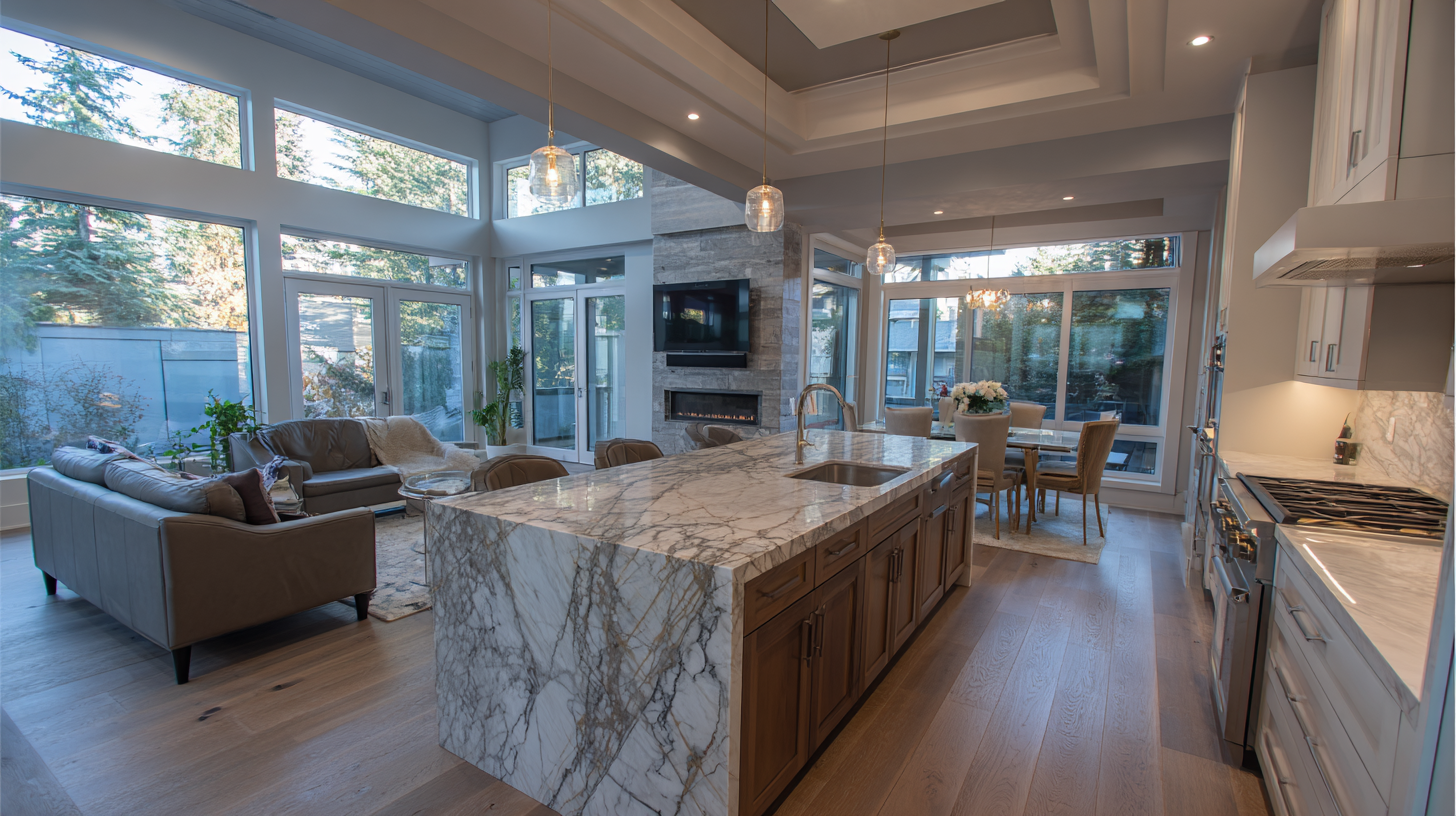
Exploring Different Materials: Which Windows are Best for Energy Efficiency?
When considering window replacements for both energy efficiency and style, the choice of materials plays a crucial role. Vinyl windows are often favored for their exceptional insulation properties and affordability. They feature multilayered frames that minimize heat transfer, which can significantly reduce energy costs. Additionally, vinyl is available in various colors and styles, making it easy to match with the home’s aesthetics.
Another popular option is fiberglass windows, known for their durability and low maintenance. Fiberglass frames expand and contract less than wood or vinyl, maintaining tight seals that prevent air leaks. Furthermore, they can be painted or stained to achieve the desired look.
For those seeking a traditional appeal, wood windows offer stunning aesthetics but require more maintenance than synthetic options. However, by opting for wood-clad windows, homeowners can enjoy the beauty of wood on the interior while benefiting from the durability of vinyl or fiberglass on the exterior. Each material comes with distinct advantages, and selecting the right one will enhance both the energy efficiency and style of your home.
Step-by-Step Guide to Replacing Windows: A DIY or Professional Decision?
 When considering window replacement, homeowners often face the crucial decision of whether to embark on a DIY project or hire a professional. According to a report by the National Association of Realtors, nearly 73% of sellers make home improvements before putting their properties on the market, with window replacement being one of the top renovations. This statistic underscores not only the importance of energy efficiency but also the aesthetic appeal that new windows can offer. Energy-efficient windows can reduce energy bills by up to 15%, as noted by the U.S. Department of Energy, making them a worthwhile investment that enhances both comfort and savings.
When considering window replacement, homeowners often face the crucial decision of whether to embark on a DIY project or hire a professional. According to a report by the National Association of Realtors, nearly 73% of sellers make home improvements before putting their properties on the market, with window replacement being one of the top renovations. This statistic underscores not only the importance of energy efficiency but also the aesthetic appeal that new windows can offer. Energy-efficient windows can reduce energy bills by up to 15%, as noted by the U.S. Department of Energy, making them a worthwhile investment that enhances both comfort and savings.
However, the DIY route isn't always straightforward. Installation errors can lead to air leaks and reduced energy efficiency, resulting in higher long-term costs. The same National Association of Realtors report highlights that well-installed windows can yield a return on investment of approximately 70% in resale value. Therefore, homeowners must weigh the potential savings of a DIY project against the long-term benefits of a professional installation. While DIY may save on upfront costs, the expertise of professionals can ensure that windows are installed correctly, maximizing their energy-saving potential and overall impact on home value.
Financing Options and Incentives for Energy-Efficient Window Upgrades
When considering window replacements to enhance your home's energy efficiency and style, understanding financing options and incentives is crucial. Many homeowners are surprised to find that there are various programs available to help offset the costs of window upgrades. Federal tax credits, local rebates, and utility company incentives can significantly lower your upfront investment, making energy-efficient windows more accessible. Be sure to research your local regulations and resources to take full advantage of these benefits.
Tip: Look for high-efficiency windows labeled with Energy Star ratings. They not only qualify for most incentives, but also provide long-term savings on your energy bills.
In addition to government incentives, some manufacturers offer financing plans that allow you to spread the cost of installation over time. This is particularly beneficial for homeowners looking to upgrade without straining their budgets. Financing options can include low-interest loans or deferred payment plans, enabling you to enjoy the benefits of energy-efficient windows immediately while paying for them gradually.
Tip: Always compare different financing offers and read the fine print to ensure you choose the most favorable terms for your situation. Make sure to calculate your potential energy savings to determine how quickly you can recoup your investment.
Related Posts
-
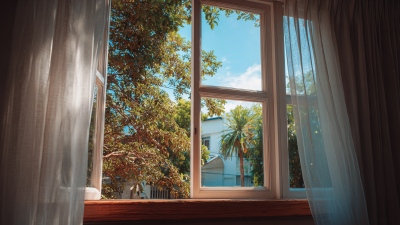
How to Accurately Calculate Your Window Estimate for Home Renovation Projects
-

5 Essential Tips for Using a Window Replacement Cost Estimator Effectively
-

What is the Perfect Window Style for My House? A Guide to Your Options
-

Transform Your Home: The Ultimate Guide to Choosing Energy-Efficient Residential Windows
-
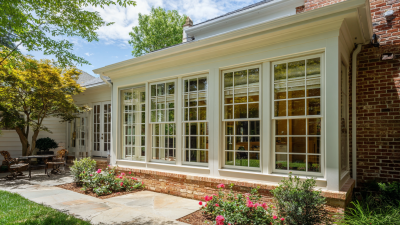
7 Essential Tips for Choosing Vinyl Windows: Boost Your Home's Energy Efficiency by Up to 30%
-
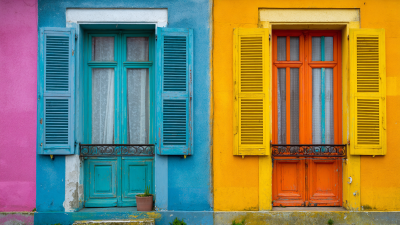
How to Choose the Perfect Exterior Windows for Your Home
